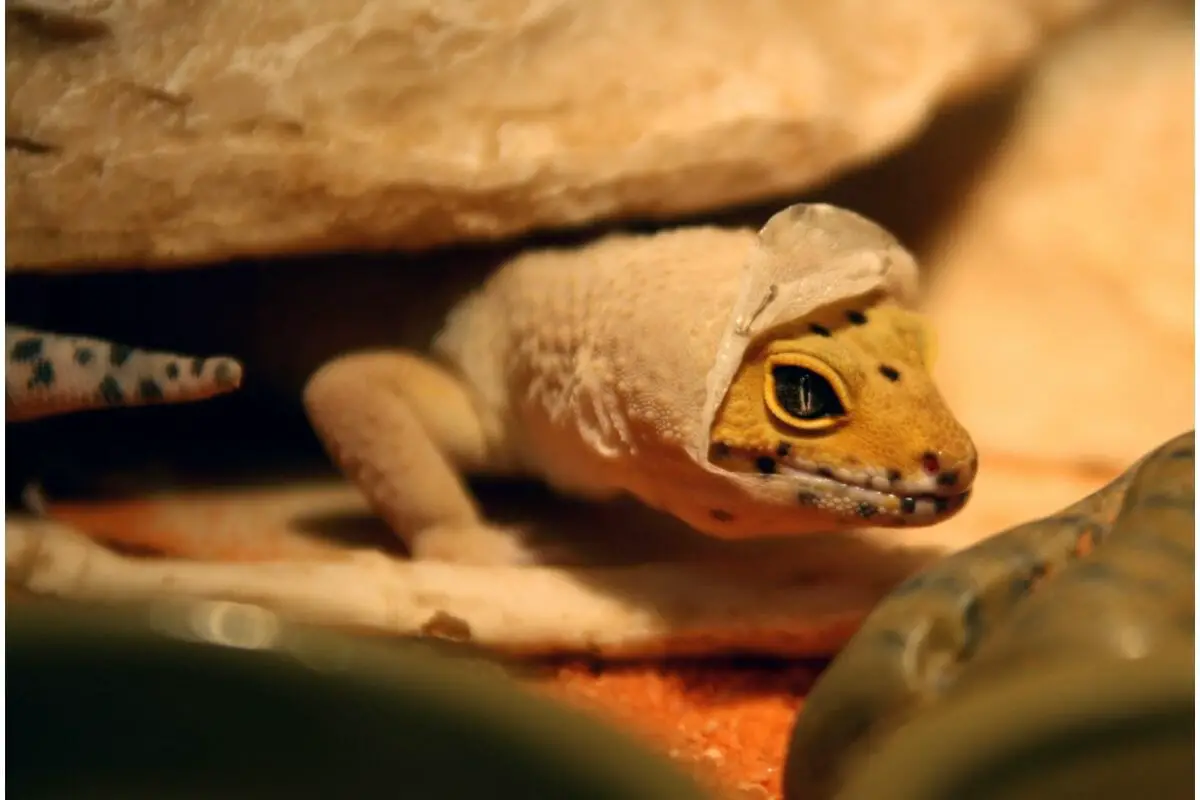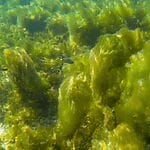A commonly found reptile, the gecko is a varied and interesting part of the reptile family found all across the globe.

Perhaps the most common is the leopard gecko, widely domesticated and owned as pets, due in part to its good nature and social temperament, the gecko is a popular pet for animal lovers, and is perhaps one of the most loved breeds of lizards.
But just how many species of geckos are there in the world, and how do they differ?
Common Types Of Geckos
Geckos are one of the most naturally occurring reptiles on earth, with over 1850 documented species in existence.
Whilst we couldn’t possibly list every single species in this article, there are species all around the world that are more commonly recognised than others. These can include:
- The western banded gecko (coleonyx variegatus) – found in southwestern United States and Northwestern Mexico.
- The bent-toed gecko (cyrtopodion brachykolon) – found in northwestern Pakistan.
- The leopard gecko (eublepharis macularius) – the most commonly domesticated species of gecko. These are found in Pakistan, Afghanistan, Nepal, Iran, and India.
- The stump-toed gecko (pteropus mutilatus) – a color-changing species of gecko found in southeast Asia.
- The tokay gecko (gekko gecko) – a southeast Asian species of gecko known for bright markings and an aggressive temperament.
- Common house gecko (hemidactylus frenatus) – a social, southeast Asian gecko that lives close to humans and manmade structures.
- The Indo-pacific gecko (hemidactylus garnotii) – a common house gecko found throughout the tropics. This species has become classified as an invasive species in the US states of Florida and Georgia.
- The Mediterranean house gecko (hemidactylus turcicus) – another common house-dwelling species.
- The tropical house gecko (hemidactylus mabouia) – an Afro-American house gecko native to sub-Saharan Africa, North America, Central America, South America, and the Caribbean.
- The mourning gecko (lepidodactylus lugubris) – found in the Pacific islands and east Asia, either in residential or rural areas.
- Bibron’s gecko (pachydactylus bibronii) – found in South Africa, where it is considered a household pest.
- The gold dust day gecko (phelsuma laticauda) – found in Madagascar and on the Comoros.
- Ptychozoon – a genus of geckos known as the parachute geckos or flying geckos.
- The crested gecko (rhacodactylus ciliatus) – another popular species of gecko owned as a pet.
- New Caledonian giant gecko (rhacodactylus leachianus) – the largest living species of gecko on the planet.
- The dwarf gecko (sphaerodactylus ariasae) – the world’s smallest lizard, found commonly in the Caribbean islands.
- The crocodile/moorish gecko (tarentola mauritanica) – commonly found in the Mediterranean, usually around the Iberian Peninsula between France and Greece. These are distinguished by their pointed heads and spiked skin, which resembles a crocodile.
Common Traits Of Geckos
Like most reptiles, geckos are cold-blooded, which means they do not generate their own internal heat through their metabolic system.
As a result, their body temperatures rely solely on their environment, and this heat is necessary for them to achieve much of their daily activities, such as moving, eating, hunting, and reproducing.
Shedding

Like most lizards and snakes, geckos shed their skin after a specific period of time. This occurs fairly regularly, but each gecko species uses slightly different methods to achieve their goal.
Most geckos speed the process up by helping to loosen already detaching skin, which they then pull at and usually eat.
In young geckos, this can be once a week, however in adult geckos, this can usually occur around once every one or two months.
Adhesion
Most species of geckos have adhesion abilities, which is the ability to climb surfaces with the help of their sticky feet.
This adhesive process occurs without the presence of fluid, and involves the use of small sitae (or hairs) located at a microscopic level.
This adhesion also operates under van der Waals force, which requires a large surface area. For this to work, geckos have around 14,000 sitae per every square millimeter of skin on their toes.
However, not all species of geckos possess this trait, including the common household pet, the leopard gecko, which in effect makes it a more suitable pet, as it cannot climb the glass walls of the vivarium.
Reproduction
During reproduction, there are certain processes that can be performed, depending on the species in question.
Whilst most species of gecko release a small clutch of eggs containing their young, some species use asexual parthenogenesis to multiply, and some are live bearing, where they grow their young inside themselves, as in mammals and humans.
Geckos are also prone to temperature-dependent sex determination, where specific environmental changes can result in one specific sex or another.
Common Attributes Of Geckos
Despite the large number of species, there are certain traits which are pretty universal amongst the geckos.
Skin
One of these is their skin, which unlike most reptiles, doesn’t particularly resemble traditional scales.
Their skin uses a macro scale, operating at a microscopic level, using a hair-like substance called a protuberance.
These protuberances have been known to cause antimicrobial reactions. For example, the skin of geckos has been seen to kill bacteria on a cellular level, using almost an antibacterial property.
Several species of gecko also have other dermal abilities, such as camouflage.
This can be seen in the mossy leaf-tailed gecko, which uses adaptive camouflage to mimic tree bark, and possesses ridges and bands on its skin to resemble bark, lichen, moss, to make it practically invisible when on the surface of a tree.
Teeth
Geckos continually replace their teeth, making them polyphyodont.
This allows the gecko to replace its 100 plus teeth every 3 to 4 months, and new teeth are stored below the gum line, where they develop slowly until the old one is ready to fall out.
Final Thoughts
And there we have it, everything you need to know about the types of geckos, their diverse global habitation, and the traits and attributes that they all share.
Why not check them out for yourself?








